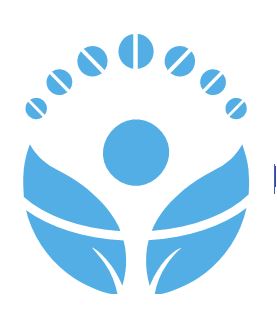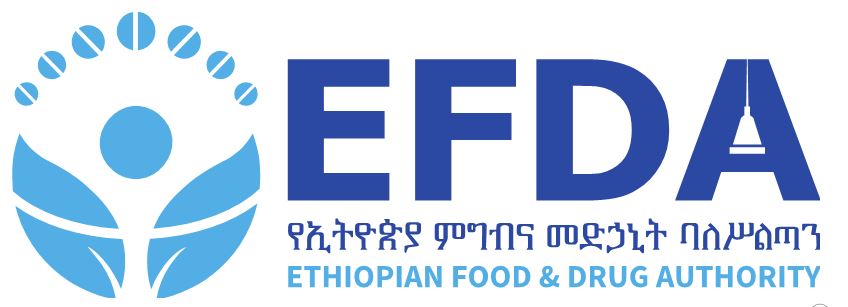…….Based on economic development and the living standard of its people Ethiopia is considered to be one of the least developed countries. Although the fundamental cause for this is the backward socio-economic system which prevailed for centuries, recent man-made and natural calamities have played a significant role in aggravating the situation. Thus, the major problems which are apparent in the health and pharmaceutical sectors are reflections of the cumulative effects of these state of affairs. The most prominent and general weaknesses in the sector are that the services do not match to the needs and capabilities of the broad masses and that the limited resources allocated to the sector were not used in an appropriate, efficient and effective manner. During the Imperial rule, attempts were made to create a health care system that involved the participation of the private sector in the supply and services of drugs. To administer this system some isolated laws and regulations were issued. In addition to the problem encountered in implementing them, the laws and regulations, were not periodically revised or adjusted to the progress made within the sector and the relative modernization which was under way in the country. Although “A Primary Health Care Strategy” was adopted by the Dergue regime as the country’s health service guide, there was no new drug related policy, law or regulation enacted except the points raised in the strategy and indicated in the Ten Year Perspective Plan drafted in 1985. If at all there was any activity in the Pharmaceutical sector during this era, it took the form of over emphasizing the role of the public at the expense of the private sector. Conversely, the major attention of the regime was directed to the pursuit of war which caused reduction in the availability of drugs, both in variety and quantity, which in conjunction with natural calamities aggravated the health problems. The masses of the Ethiopian people still rely mainly on traditional drugs to prevent or cure diseases. Yet, there was little effort made to investigate their safety and efficacy so as to encourage their wider application, Even the limited research capacity that existed did not focus on resolving concrete problems in the pharmaceutical sector, particularly on assessing the safety and efficacy of traditional drugs widely used by the community. Regarding the supply of drugs, the endeavor towards strengthening local production capacity was minimal and Drug importation from abroad and it’s distribution within was haphazard and unjust that the majority of the rural community hardly had access to modern drugs. Furthermore, the failure to have a 15 strong system of drugs administration and control has resulted in massive wastage during storage and distribution. Apart from the low administrative and technical capacities to ensure the safety, efficacy and quality of all drugs, the control on narcotics, psychotropic drugs and poisons was particularly weak.

የኢትዮጵያ ምግብና መድኃኒት ባለስልጣን
Ethiopian Food and Drug Authority
Ethiopian Food and Drug Authority

የኢትዮጵያ ምግብና መድኃኒት ባለስልጣን
Ethiopian Food and Drug Authority
Ethiopian Food and Drug Authority
National Drug Policy
You are here:
- Home
- Publication
- National Drug Policy

